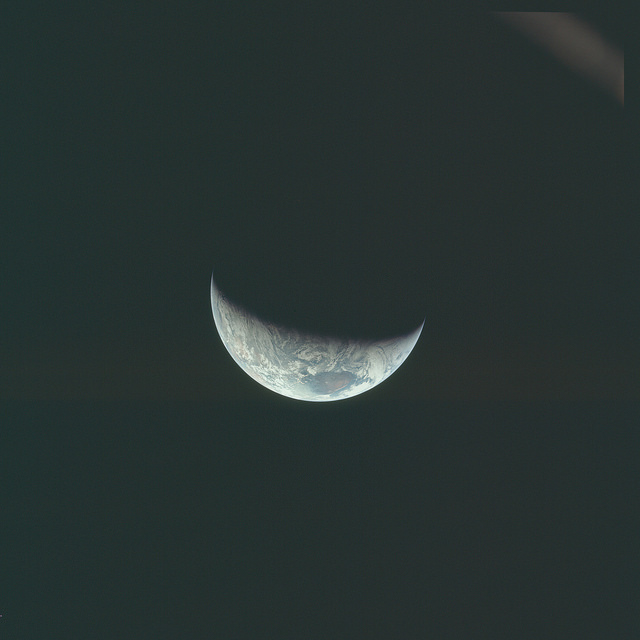Germany and the Footbonaut – The world’s best footballing nation masters the mental aspect
One such exercise was the Footbonaut, which fires balls at different speeds and trajectories at players, who must control and pass the ball into a highlighted square until it becomes second nature. Mario Götze (pictured) used the machine for years at his club. In the 2014 World Cup final, he controlled a cross with his chest and volleyed the ball into the net, winning the championship with an exact replica of the training the machine provided. It was “one fluid, instant motion”, a successfully fulfilled plan to defeat randomness.
The futbonaut?
The dying languages still spoken in Toronto
Linguist and director of Queen’s University’s Strathy Language Unit, Anastasia Riehl, who started the Endangered Languages Alliance Toronto, has been documenting which of the world’s dying languages are spoken in Toronto, including Frascà’s. Some are spoken by just one or two people in the city or even in the world. Without a community to share it, those people stop speaking their language and absorb the regional language instead.
The Robot wars are coming
One such weapon is the South Korean sentry robot SGR-1, which patrols the country’s border with North Korea and detects intruders as far as two miles away using heat and light sensors.
The robots are armed with machine guns and although currently controlled by humans from a distance, they are reportedly capable of making a decision to kill without human intervention.
The Neural Lace
A group of chemists and engineers who work with nanotechnology published a paper this month in Nature Nanotechnology about an ultra-fine mesh that can merge into the brain to create what appears to be a seamless interface between machine and biological circuitry. Called “mesh electronics,” the device is so thin and supple that it can be injected with a needle — they’ve already tested it on mice, who survived the implantation and are thriving. The researchers describe their device as “syringe-injectable electronics,” and say it has a number of uses, including monitoring brain activity, delivering treatment for degenerative disorders like Parkinson’s, and even enhancing brain capabilities.
The thriving wildlife of the Chernobyl Exclusion Zone
A new study from the University of Portsmouth looked at how wildlife in the area had coped over the past 29 years. The team found that a huge range of plants and animals weren’t just surviving, but actually thriving. The research was published in the journal Current Biology.
Project Apollo Archive goes up on Flickr
The high resolution originals allow for some breathtaking edits (above).
The original photos (as seen below) are raw and unprocessed – organized by film magazine.

Reed College in Portland, Oregon. Since 1968, the only nuclear reactor in the world run by undergraduates
Ok?
By putting them into the reactor and activating certain metals, we could identify the metals and trace the trade routes that the vases went on thousands of years ago.”
The Future of Toronto
Toronto, the fourth-largest city in North America and home to over 2.6 million Canadians, is expected to grow by almost 36 percent by the year 2030. Many urban planning and design scholars are already voicing concerns that Toronto ison its way to becoming “Manhattanized” with smaller housing units, constant development, and more glass high-rises. But what of the community gardens and the pedestrians?

